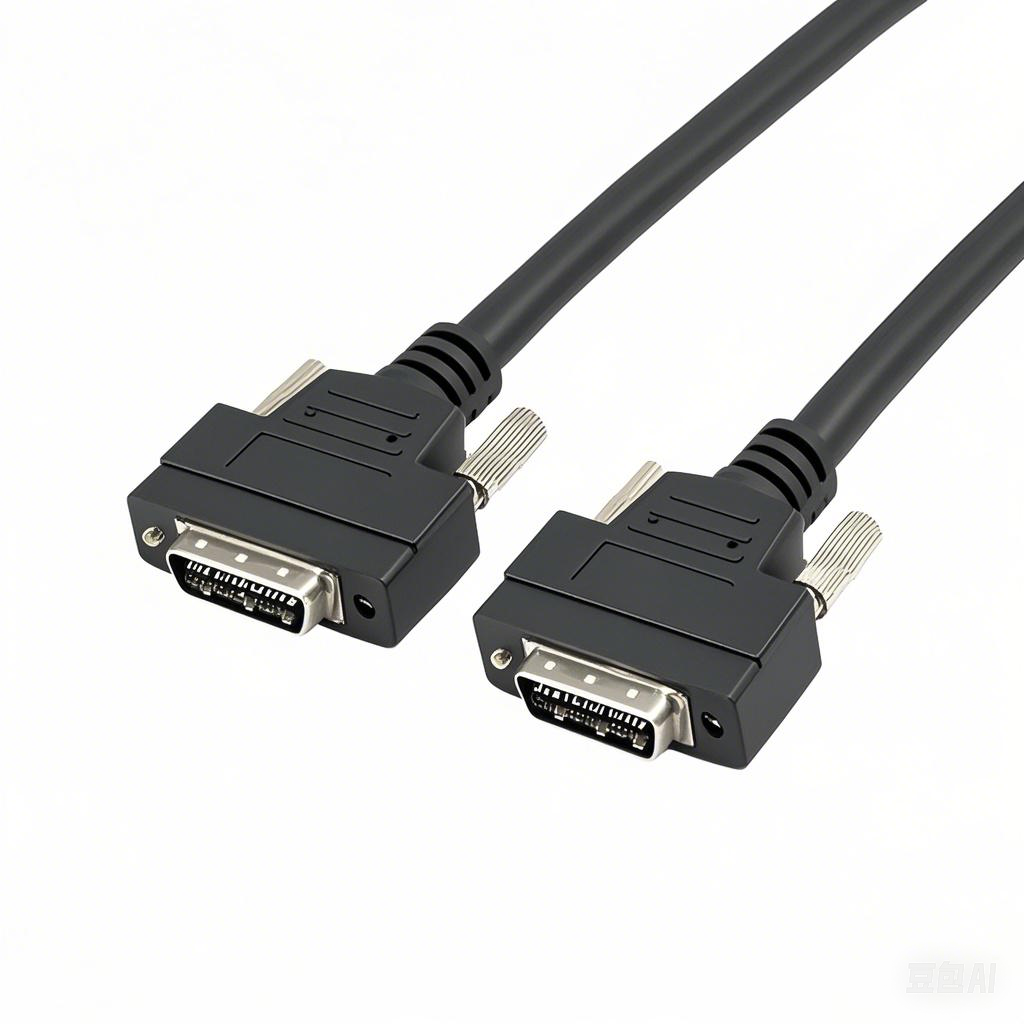What materials are used in making machine cable?
Machine cables are critical components in industrial settings, responsible for transmitting power, signals, or data while withstanding harsh conditions like mechanical stress, temperature fluctuations, chemicals, and electromagnetic interference. The choice of materials in their construction directly impacts performance, durability, and safety. Below is a detailed breakdown of the key materials used in making machine cables:
1. Conductors: The Core of Electrical Transmission
The conductor is the central component that carries electrical current. The most common materials are:
- Copper: Preferred for its excellent conductivity, malleability, and resistance to corrosion. It is widely used in industrial cables due to its ability to handle high currents efficiently.
- Aluminum: A lighter and more cost-effective alternative to copper. While its conductivity is lower (about 60% of copper), it is often used in large-diameter cables for power transmission where weight is a concern. Aluminum conductors are typically coated with anti-oxidation materials to prevent corrosion.
- Alloys: For specialized applications, alloys like tinned copper (for enhanced corrosion resistance) or copper-clad aluminum (combining copper’s conductivity with aluminum’s light weight) are used.
2. Insulation Materials: Protecting Against Short Circuits
Insulation surrounds the conductor to prevent electrical leakage, short circuits, and contact with other conductors or external surfaces. Common insulation materials include:
- Polyvinyl Chloride (PVC): A versatile, cost-effective material with good electrical insulation properties. It resists moisture, chemicals, and abrasion, making it suitable for general-purpose machine cables. However, it has limited heat resistance (typically up to 70°C).
- Polyethylene (PE): Offers excellent electrical insulation and flexibility. Low-density polyethylene (LDPE) is flexible but less heat-resistant, while high-density polyethylene (HDPE) provides better mechanical strength.
- Cross-Linked Polyethylene (XLPE): Created by chemically bonding polyethylene molecules, XLPE boasts higher heat resistance (up to 125°C) and improved mechanical strength compared to standard PE. It is ideal for cables in high-temperature industrial environments.
- Silicone Rubber: Known for its exceptional heat resistance (up to 200°C or higher) and flexibility across a wide temperature range (-60°C to 200°C). It is used in cables for high-heat applications, such as near furnaces or in automotive manufacturing.
- Fluoropolymers (e.g., PTFE, FEP): These materials offer superior chemical resistance, high-temperature tolerance (up to 260°C for PTFE), and low friction. They are used in harsh environments with exposure to oils, solvents, or extreme temperatures, such as in chemical processing plants.
3. Shielding Materials: Reducing Electromagnetic Interference (EMI)
In environments with high electromagnetic activity (e.g., near motors, generators, or heavy machinery), shielding protects the cable from EMI and prevents the cable’s own signals from interfering with other devices. Common shielding materials include:
- Copper Tape or Foil: Provides a thin, continuous layer of shielding. Foil shielding is lightweight and effective for low-frequency interference.
- Copper Braiding: A mesh of interwoven copper wires that offers robust shielding against high-frequency EMI. It also adds mechanical strength to the cable.
- Aluminum-Mylar Laminate: A combination of aluminum foil and Mylar (a polyester film) that balances shielding efficiency with flexibility and cost.
4. Sheathing Materials: Outer Protection
The sheath is the outermost layer, protecting the cable from physical damage, moisture, chemicals, and environmental factors. Key sheathing materials include:
- PVC: As with insulation, PVC is widely used for sheathing due to its durability, chemical resistance, and low cost. It is suitable for indoor and mild outdoor applications.
- Polyurethane (PU): Offers exceptional abrasion resistance, flexibility, and resistance to oils and fuels. PU-sheathed cables are ideal for mobile machinery (e.g., robotic arms, conveyor systems) where frequent movement causes wear.
- Nylon: Often used as a jacket over other sheaths to enhance abrasion resistance. It is smooth, reducing friction when the cable moves through conduits or pulleys.
- Chlorinated Polyethylene (CPE): Provides good resistance to ozone, weather, and chemicals, making it suitable for outdoor or industrial environments exposed to harsh elements.
5. Fillers and Reinforcements: Structural Stability
Fillers (e.g., polypropylene yarn, jute, or foam) are used in multi-conductor cables to fill gaps between conductors, ensuring a round, stable shape. This prevents the cable from kinking and protects conductors during bending. Reinforcements like aramid fibers (e.g., Kevlar) may be added to increase tensile strength, critical for cables subjected to pulling or stretching forces.
6. Specialized Materials for Extreme Conditions
For cables used in extreme environments, specialized materials are employed:
- Fire-Resistant Materials: Halogen-free flame-retardant (HFFR) compounds reduce smoke and toxic gas emission during combustion, crucial for public spaces or enclosed industrial areas.
- Low-Temperature Materials: Rubber or modified polymers that remain flexible in sub-zero temperatures (e.g., for outdoor winter applications).
In summary, machine cable materials are selected based on the specific demands of their application—including electrical performance, temperature range, mechanical stress, and chemical exposure—ensuring reliable operation in diverse industrial settings.











